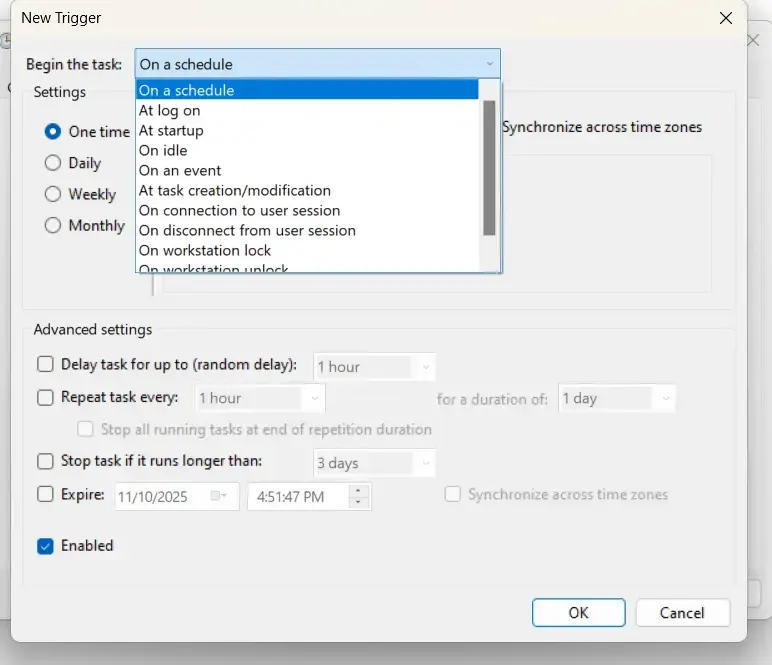I'm in a weird situation, i have a dedicated mini pc for my Jellyfin server
Here are the requirements for solutions
- I cannot use an interface like a keyboard or mouse
-I will not use linux for this particular machine
-The device does have USB ports and a screen
So to just have the jellyfin server start automatically, i would like to be able to hit the power button and have it boot into windows, thus automatically starting the jellyfin server and allowing me to do server restarts to fix issues.
Problem is the login screen, i can go as far as removing my password but it still requires user input to login. I need to bypass this but on the other hand i would not like to leave this giant vulnerability in my system. Is there any sort of way to get the best of both worlds? to have the PC be able to go from power button to jellyfin server started and still have some measure of security?
Thanks if anyone has any insight to my problem it would be wildly appreciated
